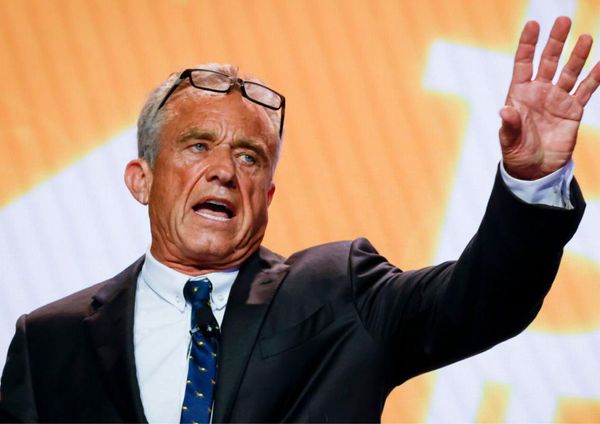President Trump criticized the Supplemental Nutrition Assistance Program known as SNAP in an interview with Fox News' Laura Ingraham Monday night.
Why it matters: SNAP, a decades old anti-poverty program, is in the spotlight as the White House fights in court to avoid paying full benefits during the government shutdown.
Zoom in: "People keep talking about SNAP, but SNAP is supposed to be if you are down and out," he said on "The Ingraham Angle."
- "That's what the purpose of it [is]. People are getting it, they walk in and they get it automatically now. So the number is many times what it should be, it's disgraceful."
- The president said funding for the program has increased significantly, though he didn't specify over what time period: "Snap has gone from like 7 billion to many times 7 billion," he said.
Reality check: There are fairly strict requirements to get food benefits, contrary to Trump's claim.
- SNAP is for people with very low incomes — with a household's gross monthly income at or below 130% of the poverty line (about $34,000 a year) — and almost no financial assets.
- Adults who don't live with children are limited to just three months of benefits every three years or subject to other strict work requirements.
- Nearly 80% of those on SNAP are in households with children, an elderly adult or someone who is disabled, notes the Center on Budget and Policy Priorities.
- A White House spokesperson referred Axios to the OMB for comment on Trump's claims and whether a reform plan was in the works.
By the numbers: Spending on SNAP is actually down quite a bit from its peak at $128 billion in 2021, when pandemic supports were in place.
- Spending fell to just $100 billion in 2024 and has ticked up slightly so far this year, according to a tally of USDA data from Brookings. Participation also fell off but has been relatively flat for the past several years. (See chart below.)
Flashback: SNAP usage fell during the first few years of Trump's first term, as the economy strengthened. The numbers turned up again when the pandemic struck.
- COVID-era supports — a temporary increase in benefits, and additional emergency allotments — boosted funding to the program, and economic distress also increased participation.
- Spending on SNAP also increased after 2021 after updates to the system were implemented by the Biden administration. Those changes have been criticized by conservatives.
Go deeper: USDA Secretary slams "corrupt" SNAP benefits one day before funding ends
Editor's note: This story was corrected to show SNAP is for households with gross monthly income at or below 130% (not 30%) of the poverty line.







